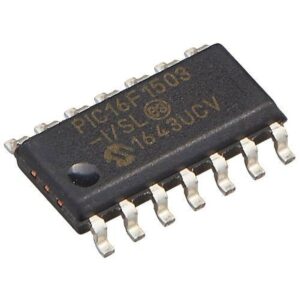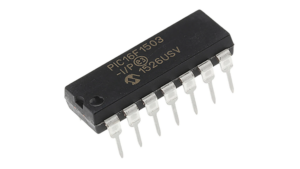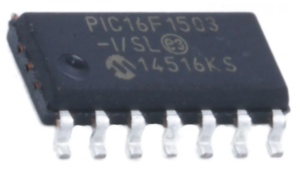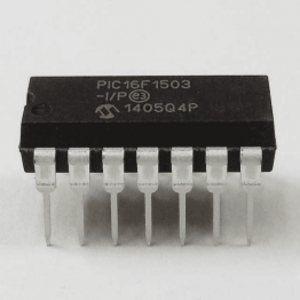Copying microprocessor PIC16F1503 locked heximal firmware requires a series of advanced techniques to break through the secured protections of the device. The PIC16F1503 secured MCU is designed with encrypted flash memory and EEPROM memory, making it difficult to access its binary and heximal data without proper authorization. To unlock or decrypt the firmware, reverse engineering is often used to analyze the encrypted PIC16F1503 microcontroller’s architecture and identify vulnerabilities in its protective security layers.

The process begins with attacking the locked memory, typically using specialized tools that can crack the encryption or bypass the protection mechanisms. Once the locked heximal firmware is decoded, the binary data stored in the flash memory can be extracted, allowing engineers to recover the program or source code. This step is critical for restoring the device to its original functionality or for creating backups of the software for later use.
Reverse engineering the PIC16F1503 microprocessor enables the restoration of lost or damaged firmware, providing a solution for applications where the original program is no longer available. It also allows for cloning the firmware, which can be useful in situations requiring hardware replication or the creation of identical systems.

Despite the technical complexities involved in copying a locked microprocessor’s firmware, it is important to ensure that these actions are performed within legal and ethical boundaries. Unauthorized cracking, decoding, or copying of firmware may violate intellectual property rights, leading to significant legal and ethical issues. Therefore, it is essential to respect licensing agreements and obtain proper permissions when dealing with protected microprocessor data.
If you want to Copy Microprocessor PIC16F1503 Locked Heximal, control register must be a very important part inside the microprocessor you need to tackle, as we all know that Power Control PWM module can help hacker to generate specific signal to compromise the defending system of protected microprocessor whose operation is controlled by a total of 20 registers which can also play an important role in Copying Microcontroller PIC16F526 Eeprom, as a result of that, Eight of these are used to configure the features of the module:
PWM Timer Control Register 0 (PTCON0)
PWM Timer Control Register 1 (PTCON1)
PWM Control Register 0 (PWMCON0)
PWM Control Register 1 (PWMCON1)
Dead-Time Control Register (DTCON)
Output Override Control Register (OVDCOND)
Output State Register (OVDCONS)

Fault Configuration Register (FLTCONFIG)
There are also 12 registers that are configured as six register pairs of 16 bits used in the process of MCU Crack. These are used for the configuration values of specific features from Copy Microprocessor PIC16F1503 Locked Heximal. They are:
PWM Time Base Registers (PTMRH and PTMRL)
PWM Time Base Period Registers (PTPERH and PTPERL)
PWM Special Event Compare Registers
(SEVTCMPH and SEVTCMPL)
PWM Duty Cycle #0 Registers
(PDC0H and PDC0L)
PWM Duty Cycle #1 Registers
(PDC1H and PDC1L)
PWM Duty Cycle #2 Registers
(PDC2H and PDC2L)


